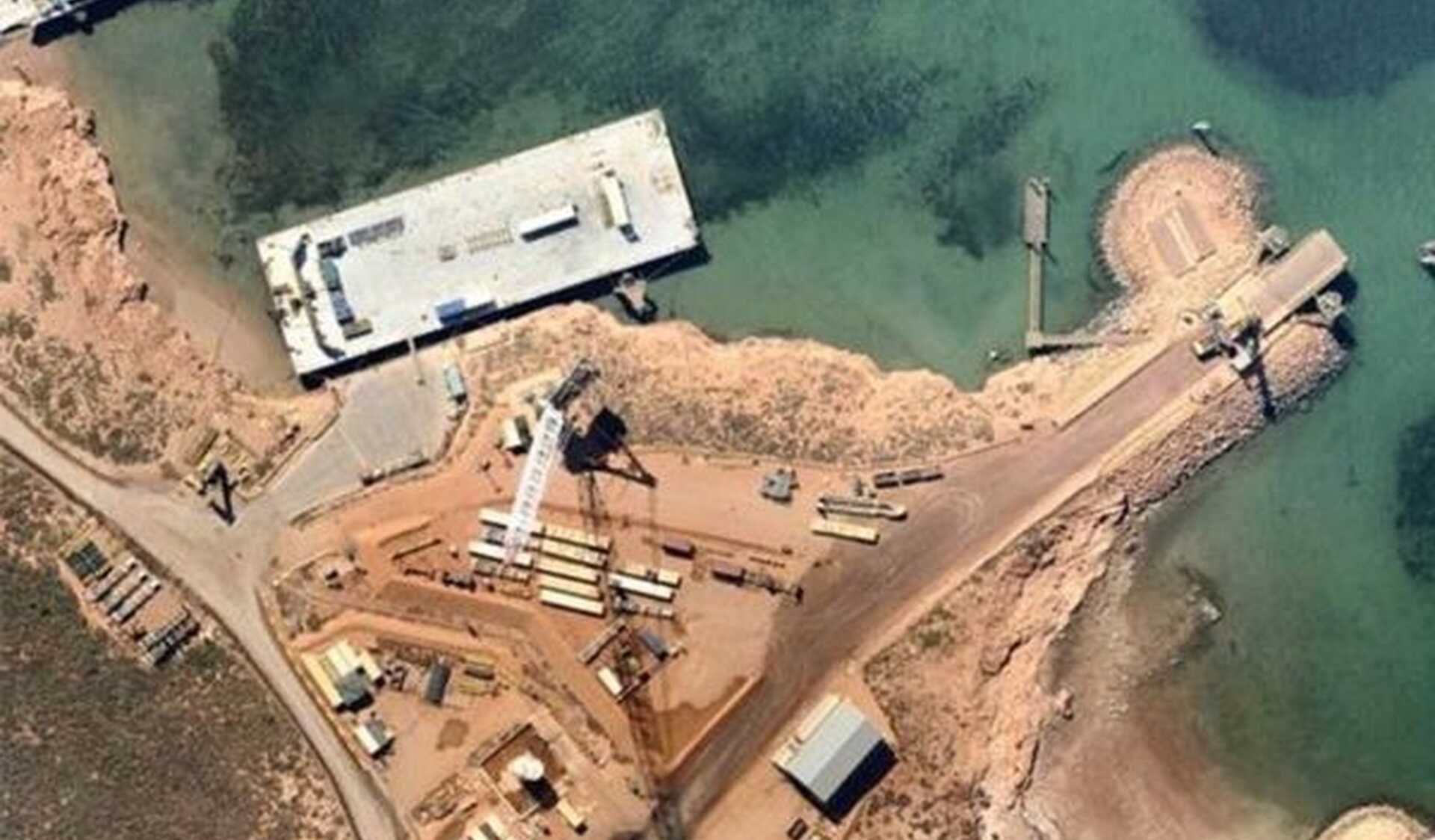Geosequestration: transforming CO2 from a climate threat to an underground rock formation. This process offers a potential solution for mitigating climate change by safely storing carbon dioxide deep beneath the Earth’s surface. But how does it work, and what are the potential benefits and challenges? Let’s delve into the science, technology, and potential of carbon capture and storage.
What is Geosequestration?
Geosequestration, also known as carbon capture and storage (CCS), involves capturing CO2 emissions from large industrial sources like power plants and factories and storing them securely in deep geological formations. This process prevents CO2 from entering the atmosphere, where it contributes to global warming. As Professor Ray Frost of Queensland University of Technology (QUT) explains, “The idea of geosequestration was to trap carbon dioxide and to lock it into minerals deep underground.” If you’re interested to know more about the impressive animal that is the granulated starfish, click here to discover more.
How Does Geosequestration Work?
The geosequestration process involves four main steps:
1. Capture
CO2 is separated from other gases produced at industrial facilities. Several methods exist, including using special solvents that selectively absorb CO2 or membranes that filter it out.
2. Compression
The captured CO2 is compressed into a dense, supercritical fluid state at approximately 100 bar—a state that exhibits properties of both liquids and gases. This compression makes it easier to transport and inject underground.
3. Injection
The compressed CO2 is injected deep underground, typically several kilometers below the surface, via specially designed wells.
4. Storage
The injected CO2 is stored within suitable geological formations. Over time, it can react with the surrounding rocks and minerals, forming stable carbonate minerals—effectively turning the CO2 into stone and permanently trapping it.
Where is CO2 Stored?
Several geological formations are suitable for CO2 storage:
Depleted Oil and Gas Reservoirs
These reservoirs have held fluids for millions of years, demonstrating their capacity for containment. Injecting CO2 can also enhance oil and gas recovery.
Saline Aquifers
These vast underground saltwater reservoirs offer significant storage capacity, although they are not suitable sources of drinking water.
Unmineable Coal Seams
CO2 can displace methane in these seams, offering the dual benefit of carbon storage and methane recovery.
Monitoring and Verification
Scientists employ various geophysical techniques to ensure the security of CO2 storage:
- Near-infrared spectroscopy: Used to identify rocks suitable for CO2 storage and mineralization.
- Seismic surveys: Monitor CO2 migration within the storage formation and detect potential leaks.
Weighing the Pros and Cons
Geosequestration offers significant potential advantages but also presents challenges:
Benefits
- Climate Change Mitigation: Significantly reduces greenhouse gas emissions, contributing to a more sustainable future.
- Economic Growth: Creates new industries and job opportunities in carbon capture and storage technologies.
- Enhanced Energy Security: Can enhance oil and gas recovery from depleted reservoirs.
Challenges
- High Initial Costs: Building and operating geosequestration facilities requires substantial investment.
- Potential CO2 Leakage: Requires rigorous site selection and long-term monitoring to ensure containment.
- Public Perception: Addressing public concerns and building confidence in the technology is crucial.
Does Carbon Capture Really Work?
Yes, carbon capture technologies can effectively remove CO2 from industrial processes. However, several factors influence their effectiveness:
- Capture Method: Pre-combustion capture is generally more efficient but more expensive than post-combustion capture.
- Scalability: Scaling up to handle global emissions remains a significant challenge.
- Storage Security: Long-term monitoring is crucial to ensure the captured CO2 remains securely stored.
Biosequestration: A Natural Ally
Biosequestration is nature’s way of capturing and storing carbon. Plants absorb CO2 through photosynthesis, storing the carbon in their biomass and transferring it to the soil as they decompose. Factors influencing biosequestration include plant type, climate, and soil management. Explore the fantastic musical career of the renowned Japanese artist, Fukuyama Naoto, by clicking here.
The Future of Geosequestration
Geosequestration is not a silver bullet solution, but it is a valuable tool in the fight against climate change. Ongoing research focuses on:
- Improving the efficiency and reducing the costs of CO2 capture.
- Identifying and characterizing suitable storage sites.
- Developing advanced monitoring techniques.
- Understanding the long-term impacts of CO2 storage.
The future of geosequestration likely depends on continued research, technological advancements, and government policies that incentivize its development and deployment. Supportive government policies, regulations, and economic incentives are crucial for wide-scale adoption. While there is ongoing research and debate about various aspects of geosequestration, there is a growing consensus that it is a promising and potentially essential element of our strategy for tackling climate change, and should not be discounted outright.
















